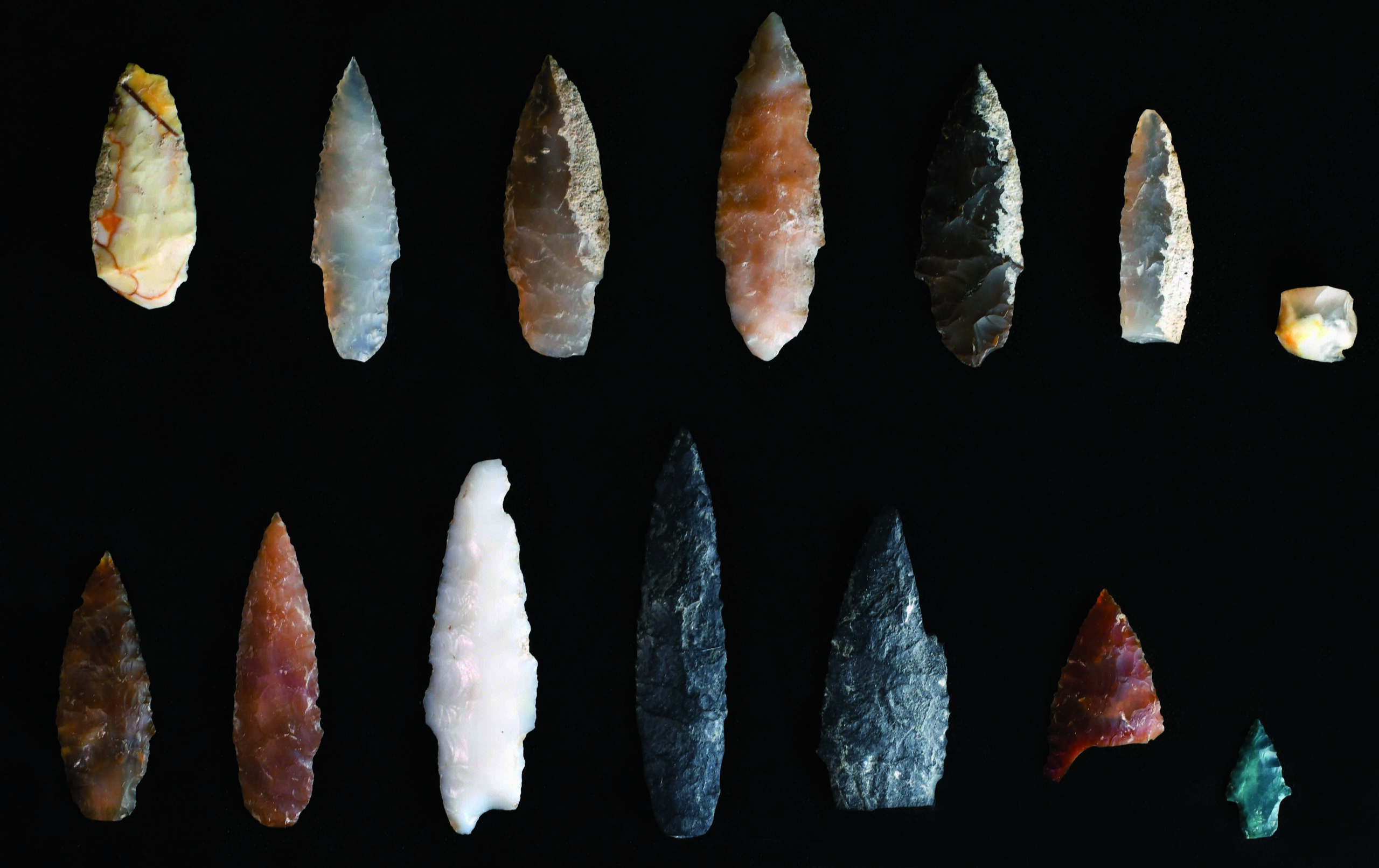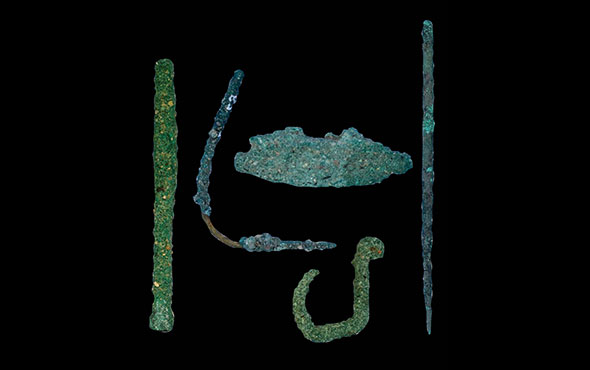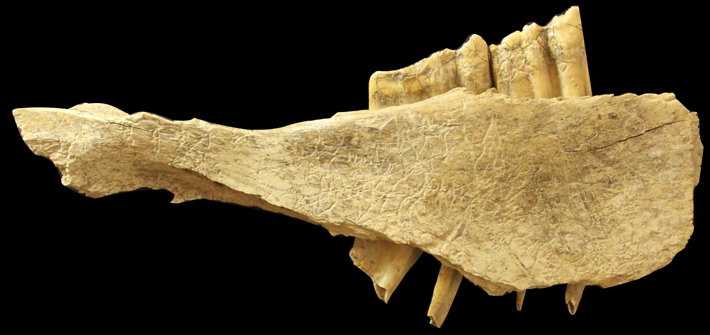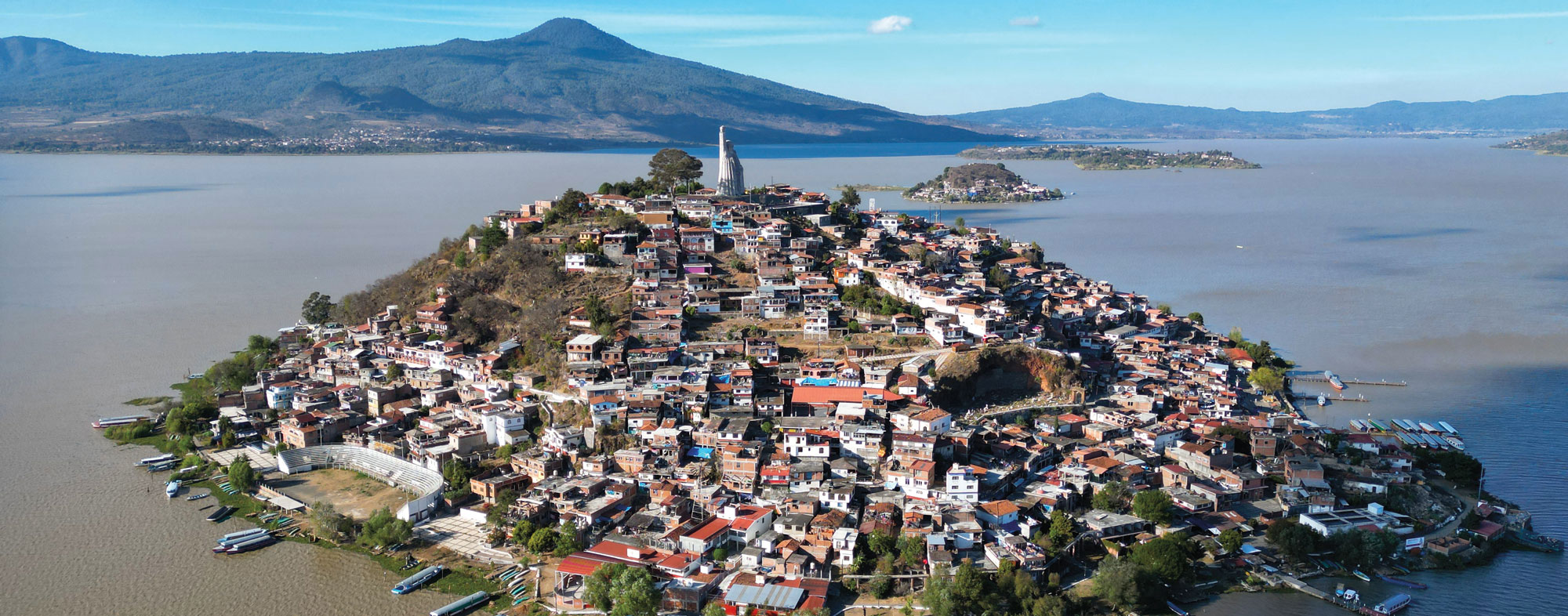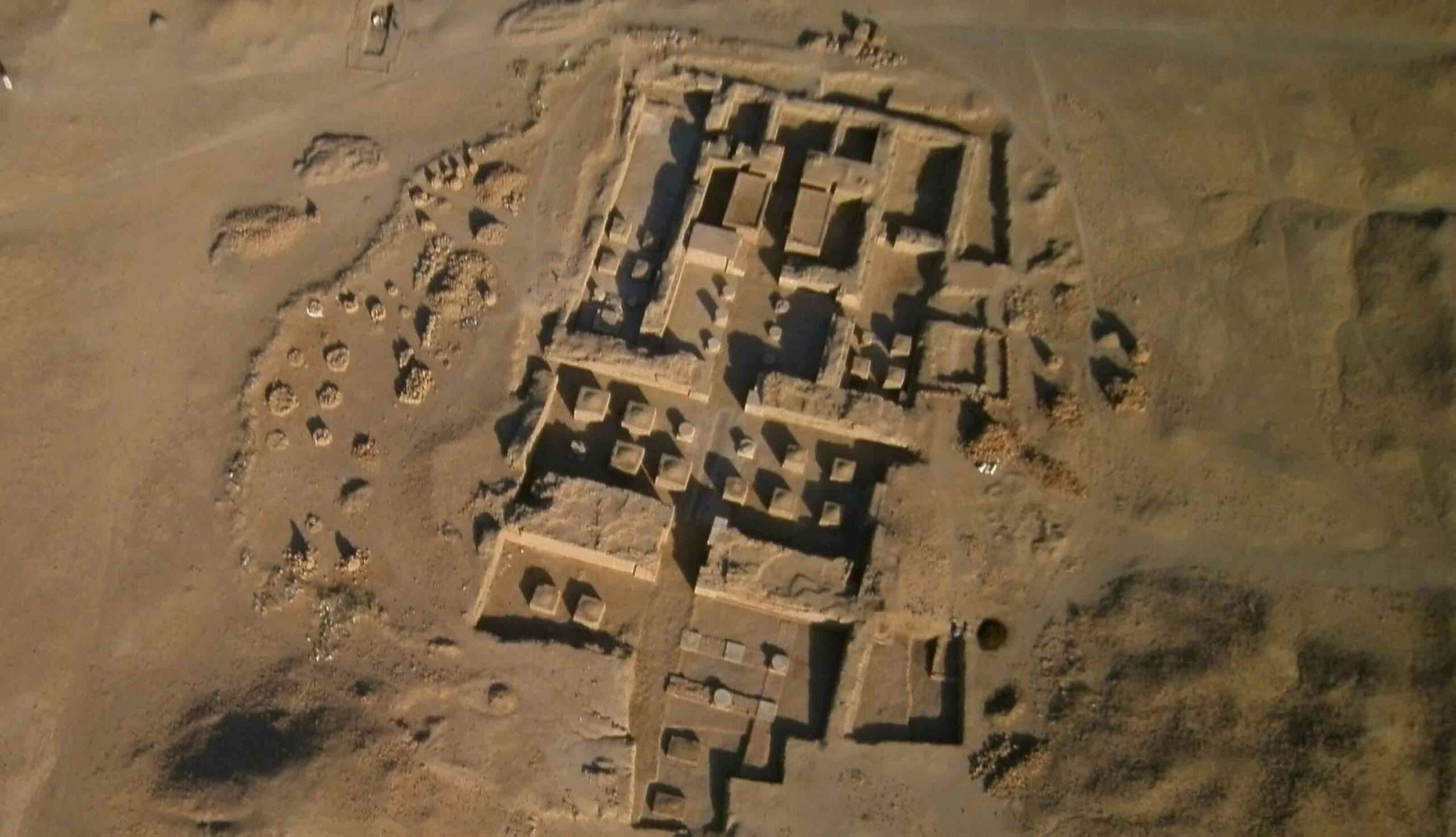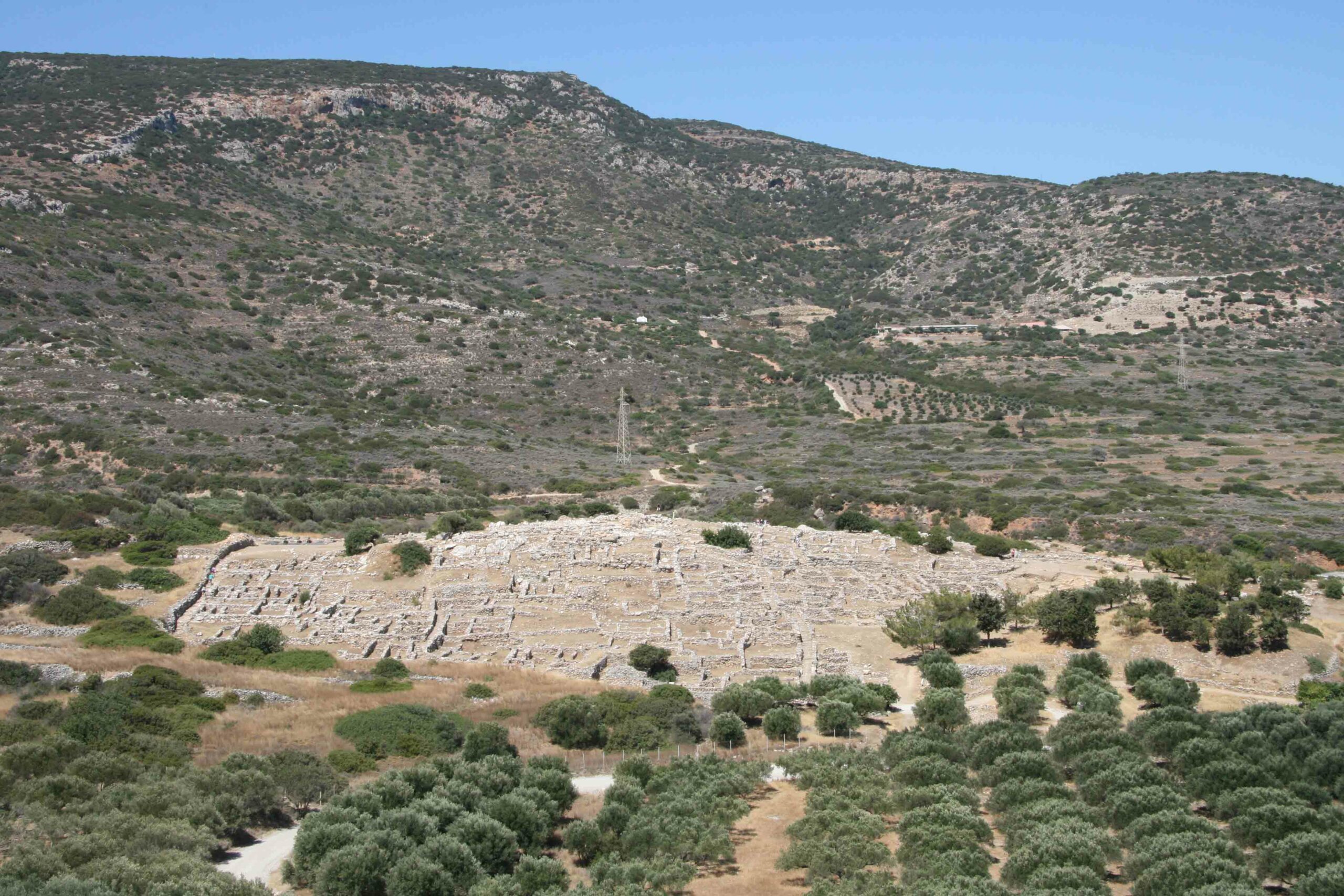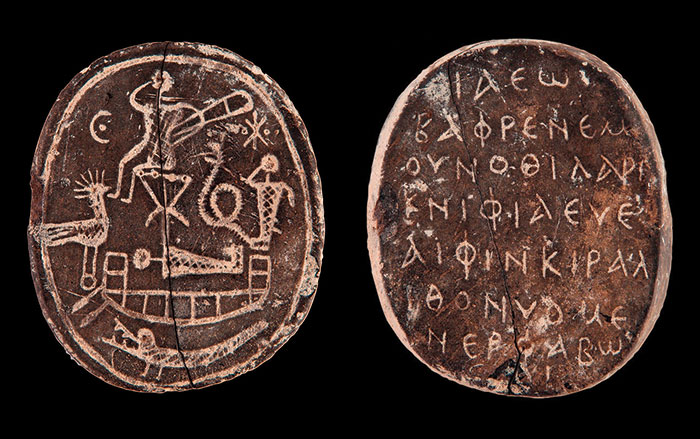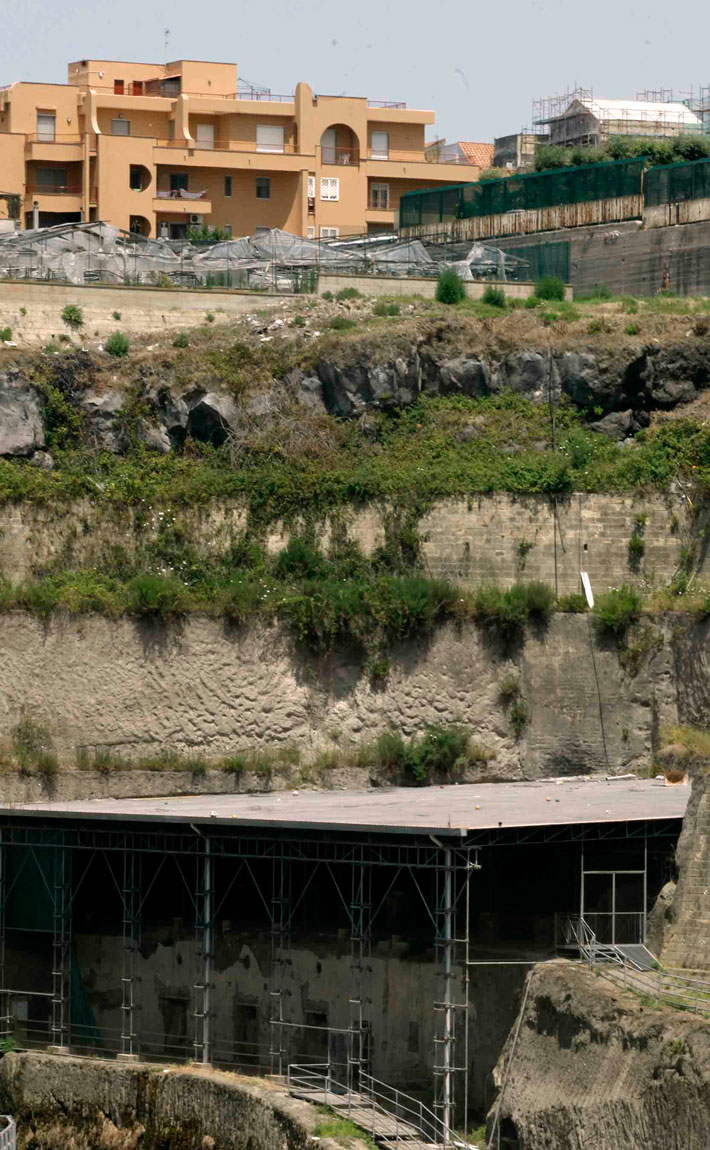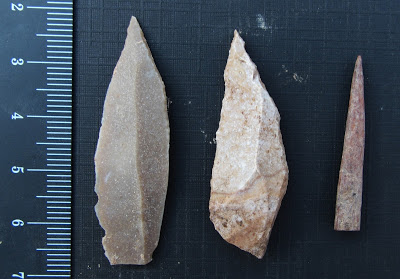
ATLANTA, GEORGIA—Liv Nilsson Stutz and Jonas Aaron Stutz of Emory University suggest that the variety of stone tools from Mughr el-Hamamah, a cave overlooking the Jordan Valley, supports the idea that between 40,000 and 45,000 years ago, people were organizing themselves into more complex social groups. “These toolmakers appear to have achieved a division of labor that may have been part of an emerging pattern of more organized social structures,” Arron Stutz said in a press release. The cave sits midway between the Dead Sea and the Sea of Galilee, and would have been in the path of migrating modern humans and Neanderthals. Prior to the Upper Paleolithic, tools in the Near East looked similar to each other and served many uses. Toolmakers at Mughr el-Hamamah, however, efficiently produced large quantities of different types of tools using different techniques. “They were investing in the kinds of activities that require maintaining relationships and group planning. They were gearing up for a clearly defined division of labor, including firewood gathering, plant gathering, hunting, and food foraging,” Stutz said. To read more about diverse Paleolithic stone tools, go to "Neanderthal Tool Time."


